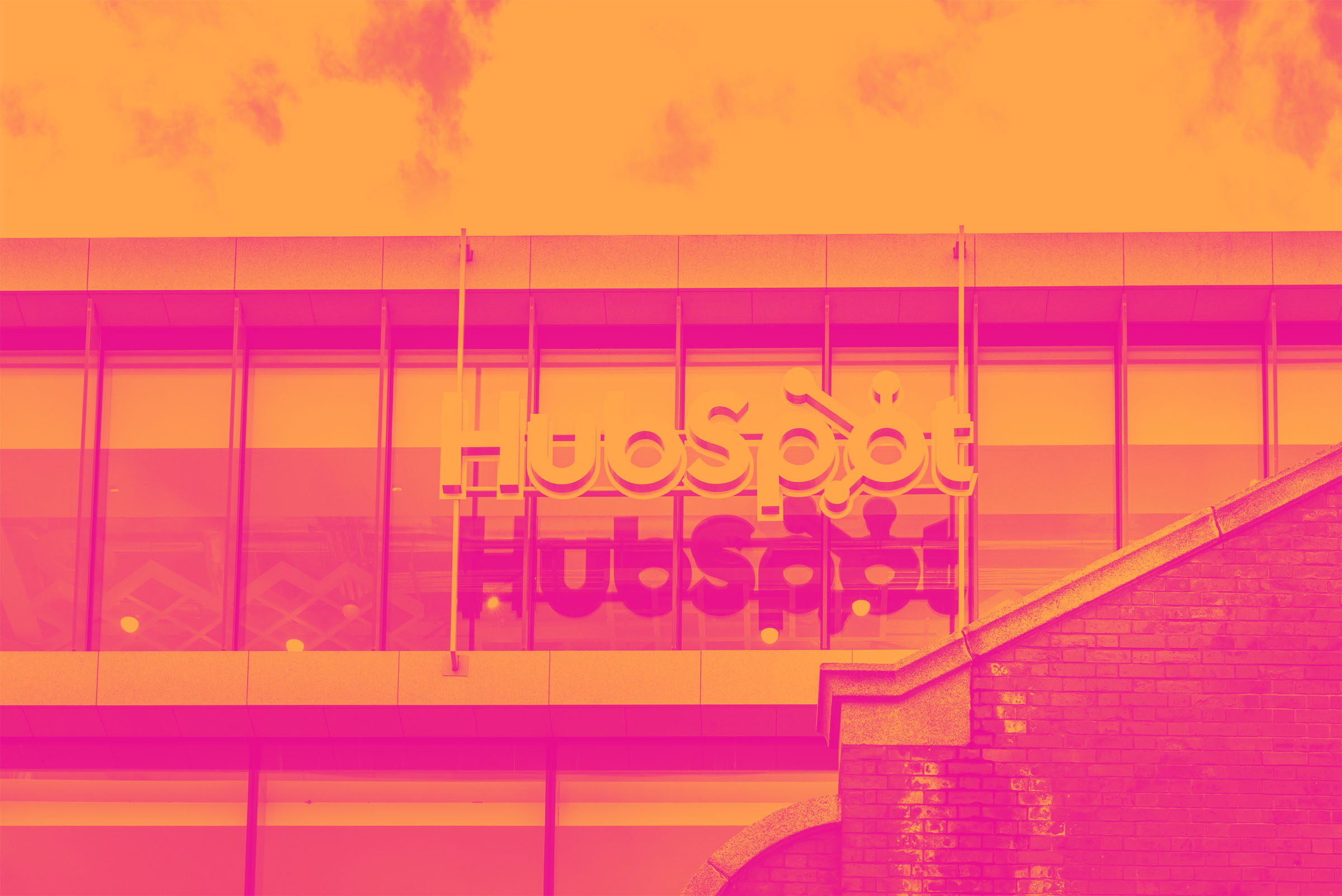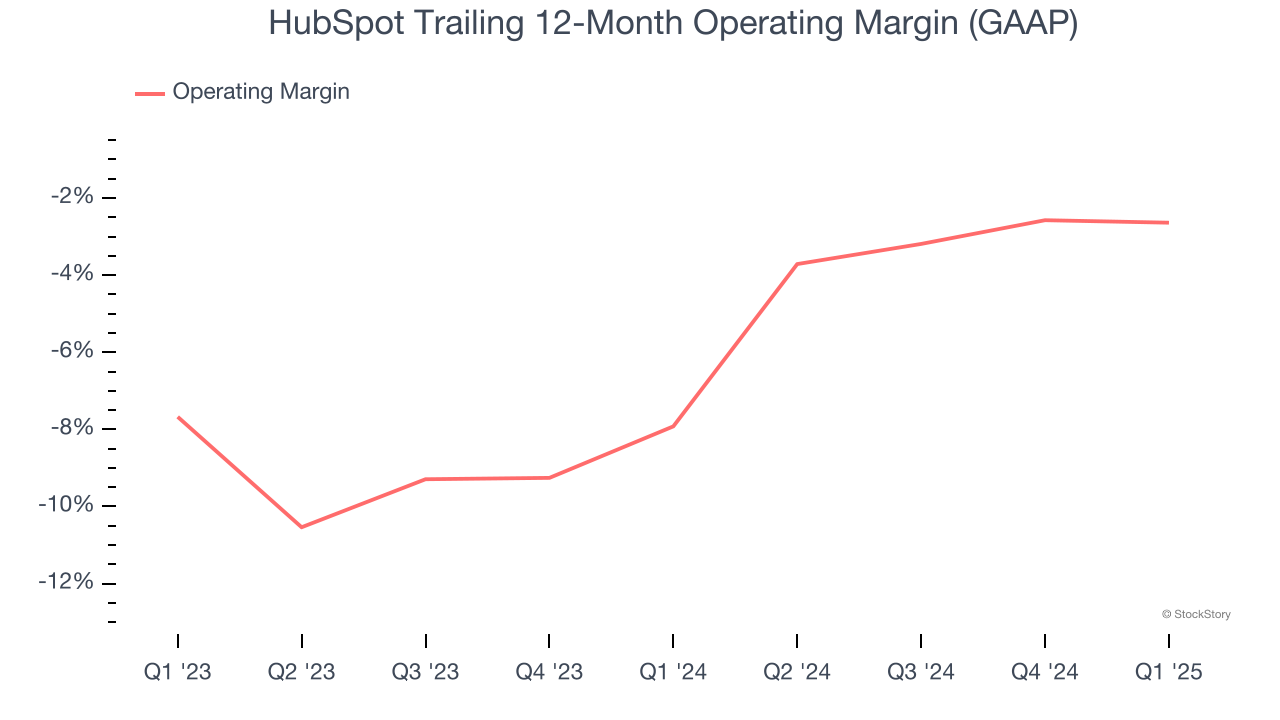
Although the S&P 500 is down 1.9% over the past six months, HubSpot’s stock price has fallen further to $616.47, losing shareholders 14.5% of their capital. This might have investors contemplating their next move.
Following the drawdown, is this a buying opportunity for HUBS? Find out in our full research report, it’s free.
Why Do Investors Watch HubSpot?
Started in 2006 by two MIT grad students, HubSpot (NYSE: HUBS) is a software-as-a-service platform that helps small and medium-sized businesses market themselves, sell, and get found on the internet.
Three Positive Attributes:
1. Billings Surge, Boosting Cash On Hand
Billings is a non-GAAP metric that is often called “cash revenue” because it shows how much money the company has collected from customers in a certain period. This is different from revenue, which must be recognized in pieces over the length of a contract.
HubSpot’s billings punched in at $766.8 million in Q1, and over the last four quarters, its year-on-year growth averaged 19.7%. This performance was impressive, indicating robust customer demand. The high level of cash collected from customers also enhances liquidity and provides a solid foundation for future investments and growth. 
2. Elite Gross Margin Powers Best-In-Class Business Model
Software is eating the world. It’s one of our favorite business models because once you develop the product, it usually doesn’t cost much to provide it as an ongoing service. These minimal costs can include servers, licenses, and certain personnel.
HubSpot’s gross margin is one of the highest in the software sector, an output of its asset-lite business model and strong pricing power. It also enables the company to fund large investments in new products and sales during periods of rapid growth to achieve outsized profits at scale. As you can see below, it averaged an elite 84.8% gross margin over the last year. Said differently, roughly $84.83 was left to spend on selling, marketing, and R&D for every $100 in revenue. 
3. Operating Margin Rising, Profits Up
While many software businesses point investors to their adjusted profits, which exclude stock-based compensation (SBC), we prefer GAAP operating margin because SBC is a legitimate expense used to attract and retain talent. This is one of the best measures of profitability because it shows how much money a company takes home after developing, marketing, and selling its products.
Over the last year, HubSpot’s expanding sales gave it operating leverage as its margin rose by 5.3 percentage points. Although its operating margin for the trailing 12 months was negative 2.6%, we’re confident it can one day reach sustainable profitability.

Final Judgment
HubSpot is an interesting business with potential. After the recent drawdown, the stock trades at 10.2× forward price-to-sales (or $616.47 per share). Is now a good time to initiate a position? See for yourself in our full research report, it’s free.
High-Quality Stocks for All Market Conditions
Donald Trump’s victory in the 2024 U.S. Presidential Election sent major indices to all-time highs, but stocks have retraced as investors debate the health of the economy and the potential impact of tariffs.
While this leaves much uncertainty around 2025, a few companies are poised for long-term gains regardless of the political or macroeconomic climate, like our Top 5 Growth Stocks for this month. This is a curated list of our High Quality stocks that have generated a market-beating return of 183% over the last five years (as of March 31st 2025).
Stocks that made our list in 2020 include now familiar names such as Nvidia (+1,545% between March 2020 and March 2025) as well as under-the-radar businesses like the once-small-cap company Comfort Systems (+782% five-year return). Find your next big winner with StockStory today.
